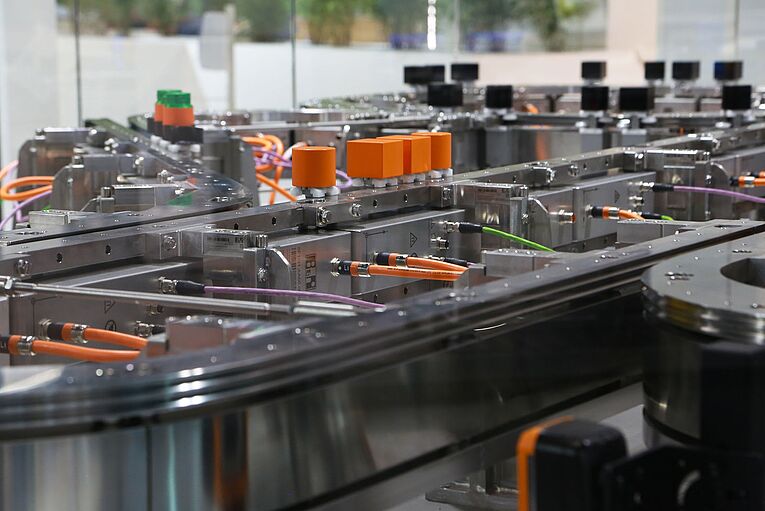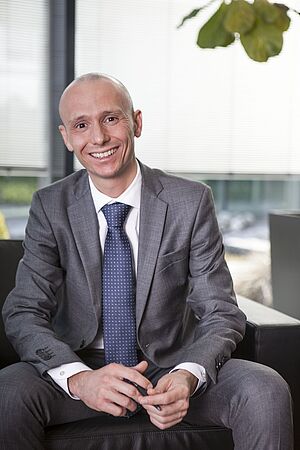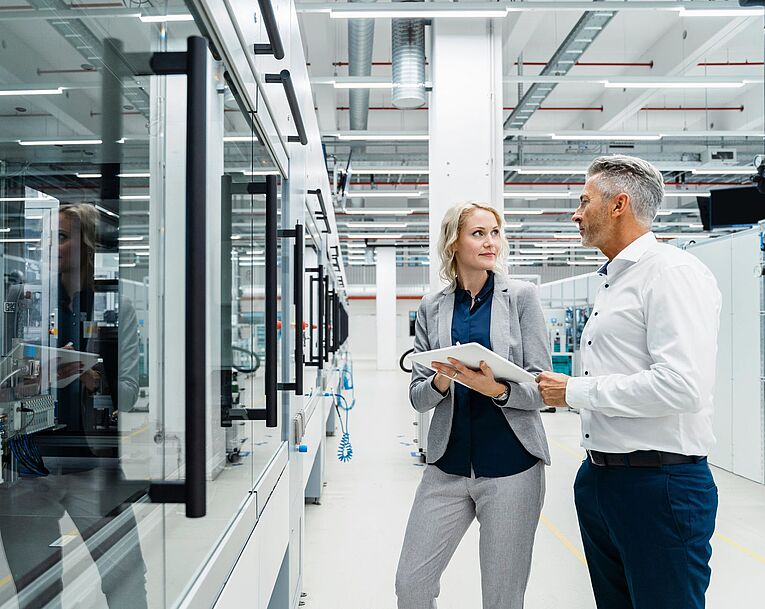I would say there is potential here on two levels: the automation components and the products being produced. You can address the carbon footprint of manufacturing at both levels. If your goal is to produce an end product in the most sustainable way possible, you need to start with an understanding of the entire process. That's the only way you can properly size and dimension all the hardware.
A great example of this is one of our customers who makes reusable plastic bottles. By combining their process know-how with our precise control, they were able to reduce the wall thickness of the bottles and save a considerable amount of raw materials.
When you look at what's happening around the world, automation technology enables energy savings at another level as well. More and more manufacturers are moving production closer to the end market to increase resilience and reduce shipping costs. This also comes with big potential for energy savings, and automation is essential to making it possible.



